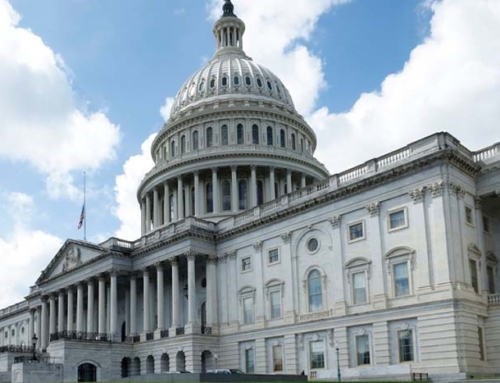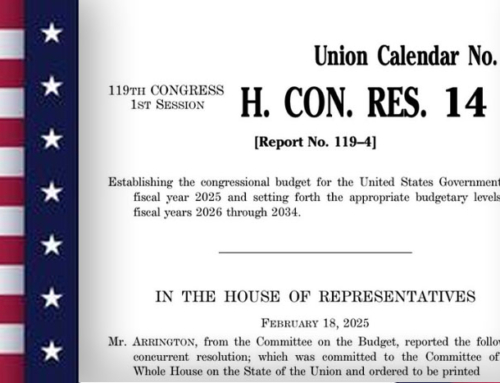At the end of 2023, Federal Reserve officials penciled in three interest rate cuts in 2024 as inflation seemed to wane. In general, the Federal Reserve typically utilizes an increase in interest rate as the primary monetary policy tool when inflation is a concern, as it has been over the past 3 years. Unfortunately, as inflation continues to persist, a rate cut in the future seems unlikely, with Fed Chairman Jerome Powell noting in April that “we don’t like to react to one or two months’ data,” preferring to wait longer to ensure inflation is on a sustainable 2% path.
In the meantime, interest rates continue to lower housing affordability: according to the Legislative Analysts’ Office, monthly payments for a typical California home as of April are over $5,500, and the gap between the monthly costs of purchasing a bottom-tier home as opposed to renting are near levels not seen since the mid-2000s. Homeownership is widely recognized as a pathway towards wealth-building, and Black and Latino homeownership rates lag behind Whites and Asians.
The high interest rates have also translated to tighter lending conditions for homebuilders, and multifamily construction starts nationwide fell 37.9% year-over-year in January. According to the Terner Center, between 2019 and 2023, interest rates for residential development loans increased from 5% or lower to over 8.5%, and loans that banks are willing to make cover less than the overall project cost as they further hedge against risk. This has required developers to bring in more equity, which is traditionally more expensive and harder to access than debt, to cover the gap and further increase costs.
Interest rates are not the only factor affecting housing affordability; with low supply exacerbated by restrictions on zoning, the growth in home prices since 2021 is additionally a driver of rising monthly payments, as homebuyers must take out larger loans to pay for more expensive homes. Existing homeowners who purchased at lower interest rates in the past are unlikely to move, further restricting the supply of homes on the market.
The Fed will next update its projections in June, and will likely be watching its preferred measure for inflation, the Core Personal Consumption Expenditures Price Index, which excludes the prices of food and energy, in the meantime. According to Harvard’s Institute of Politics poll, inflation and housing are currently two of the highest-ranked issues across all demographic groups, likely translating to continued political attention on these issues during this election year.
© LeSar Holdings/LeSar Development Consultants. All Rights Reserved. Please be advised that any republishing of copyrighted material provided by our organization, in whole or in part, requires prior written authorization. For permission, please reach out to [email protected]. We appreciate your understanding and compliance in upholding copyright laws.





















